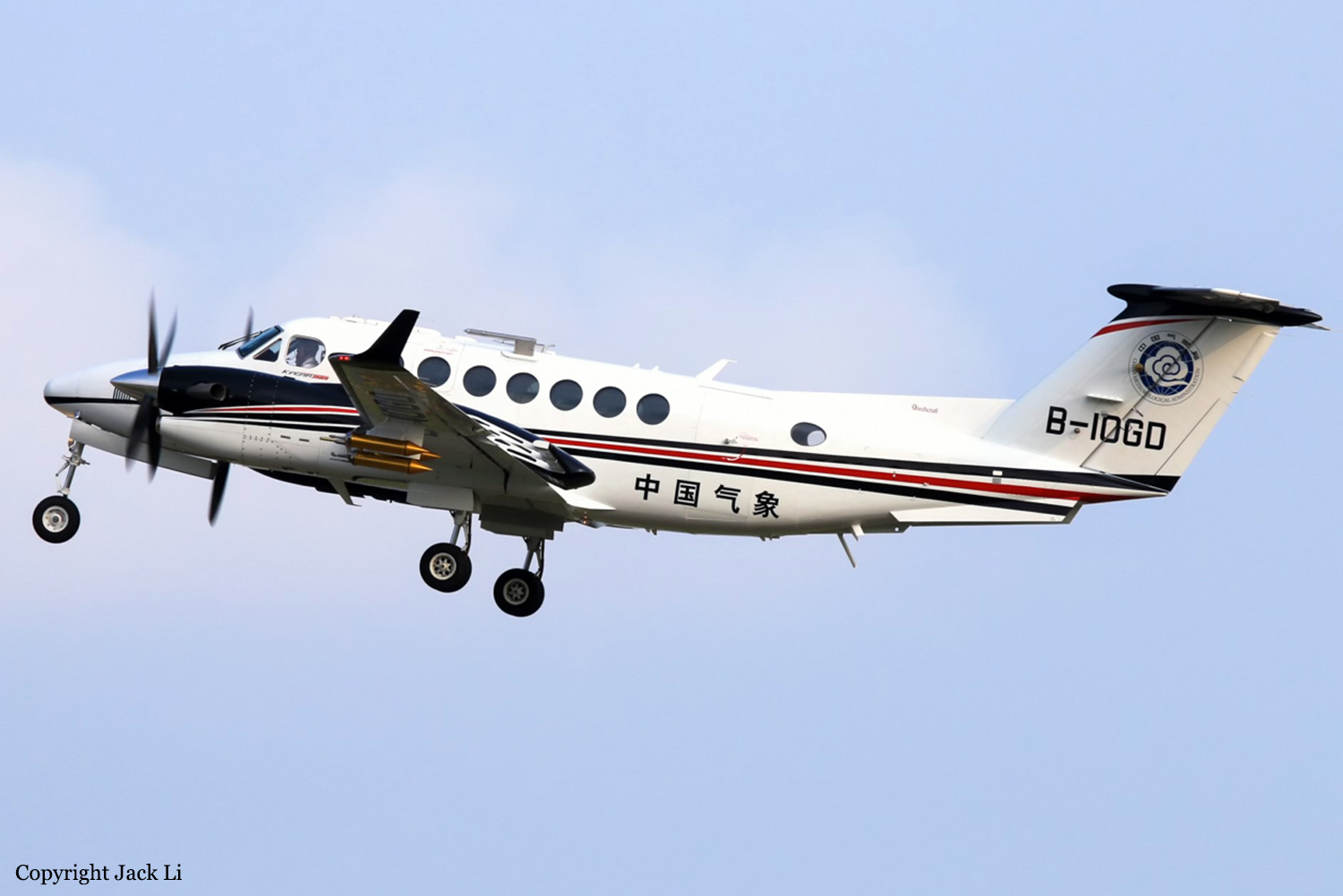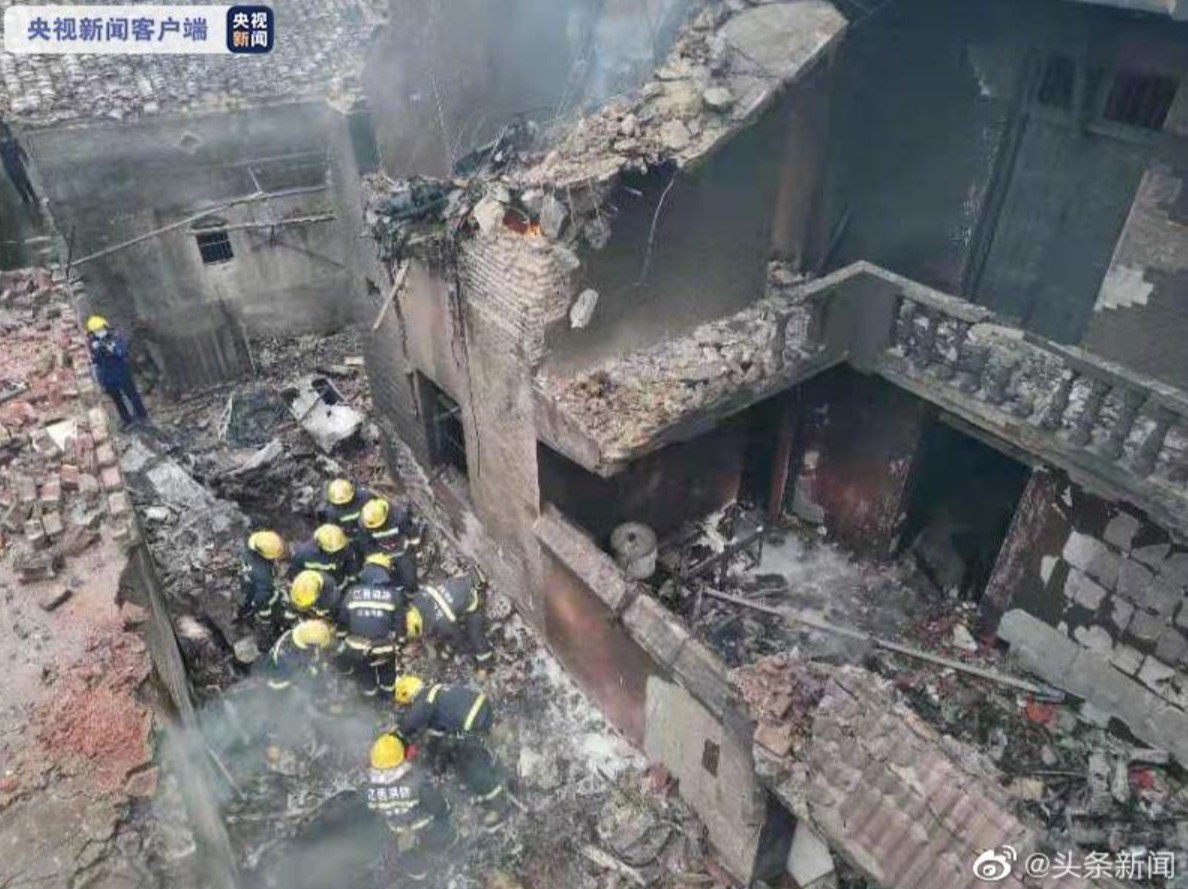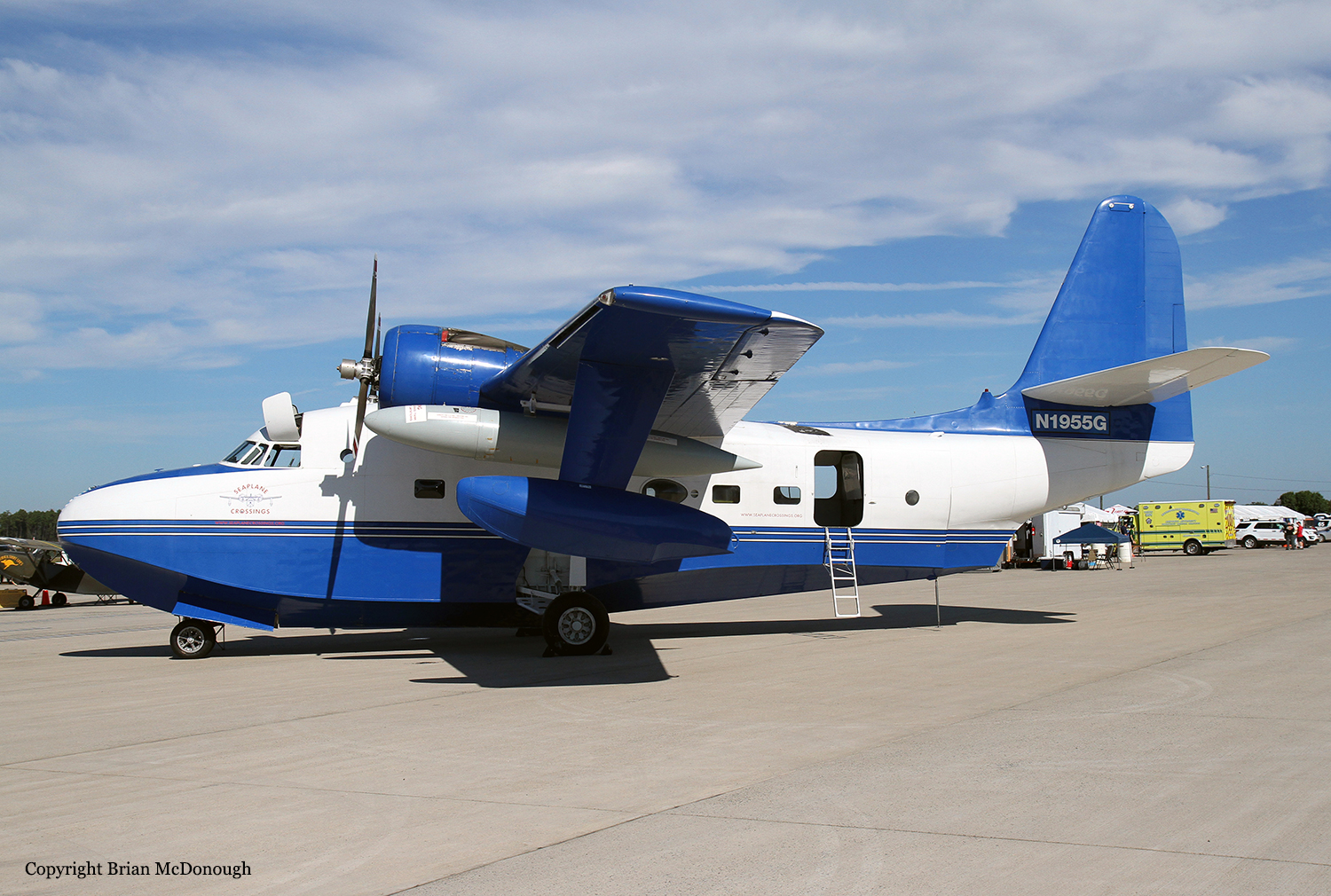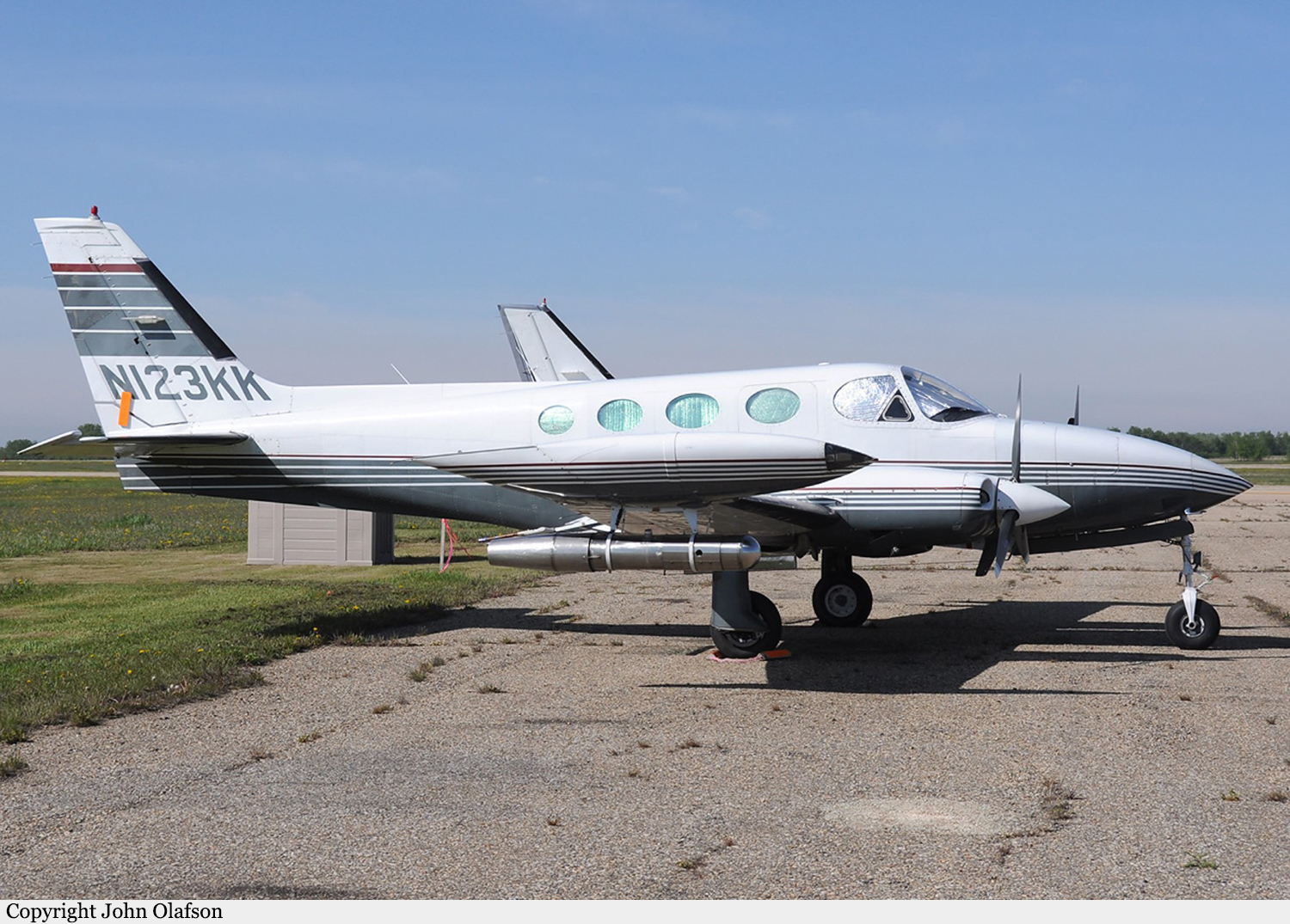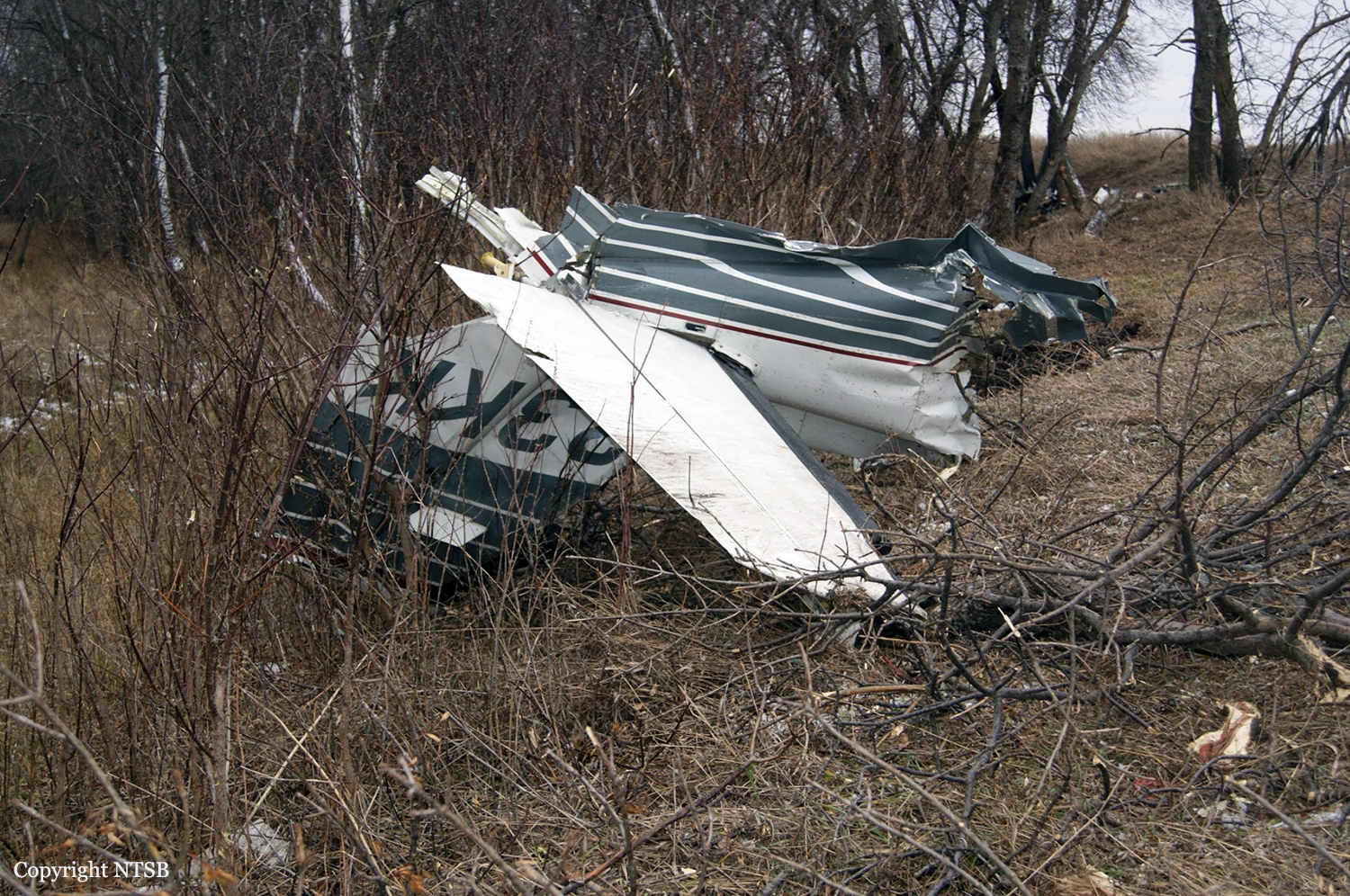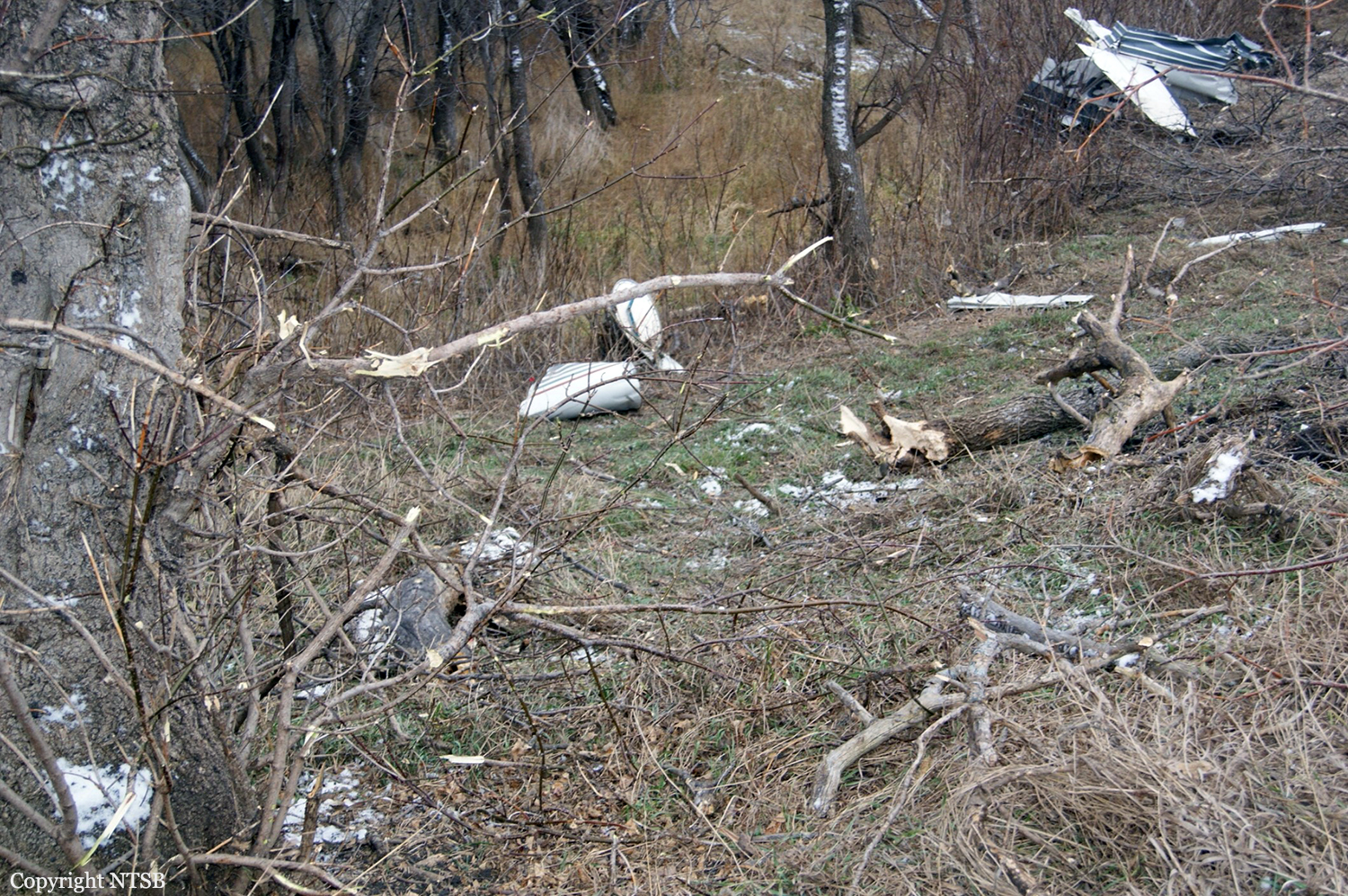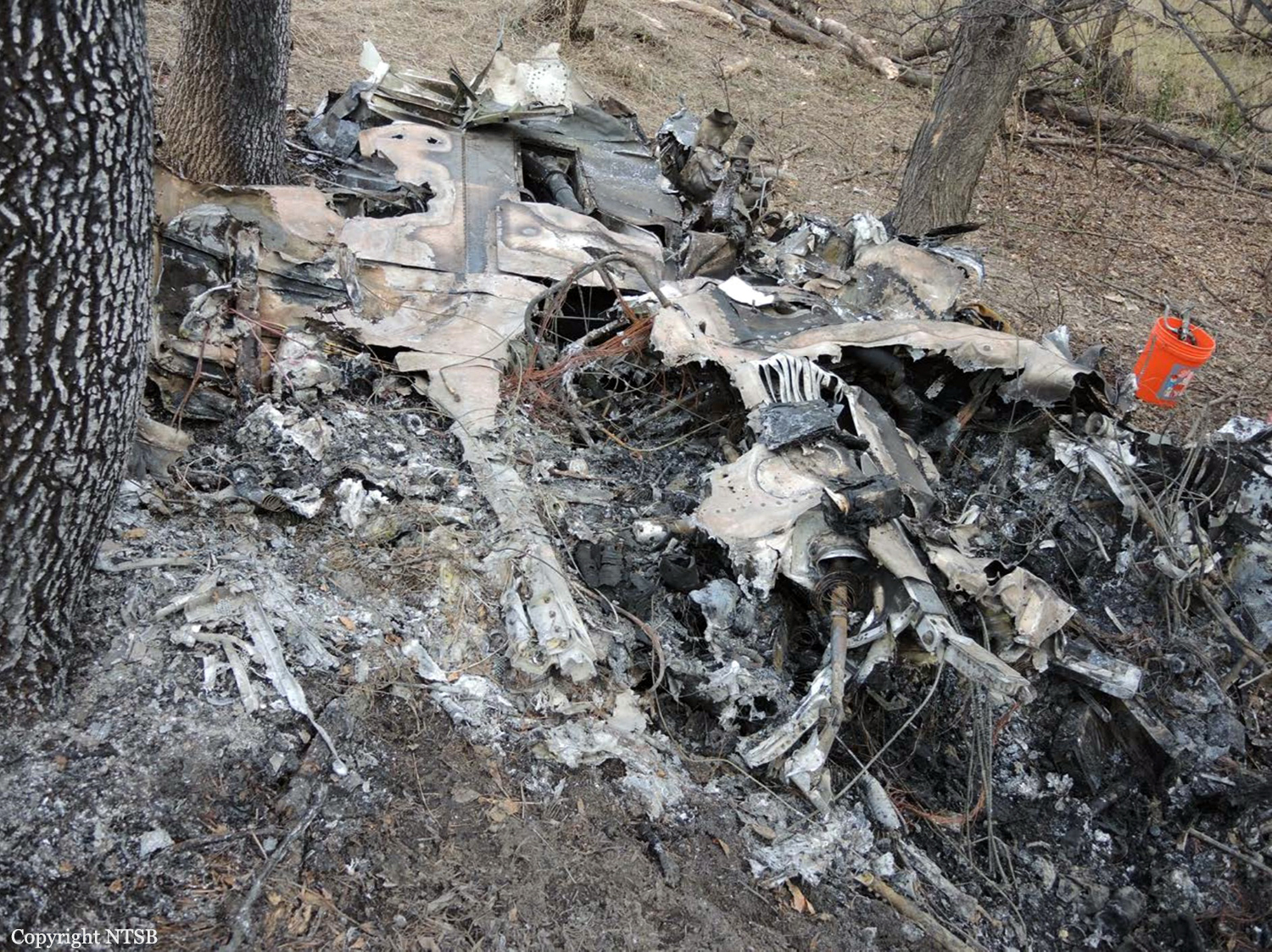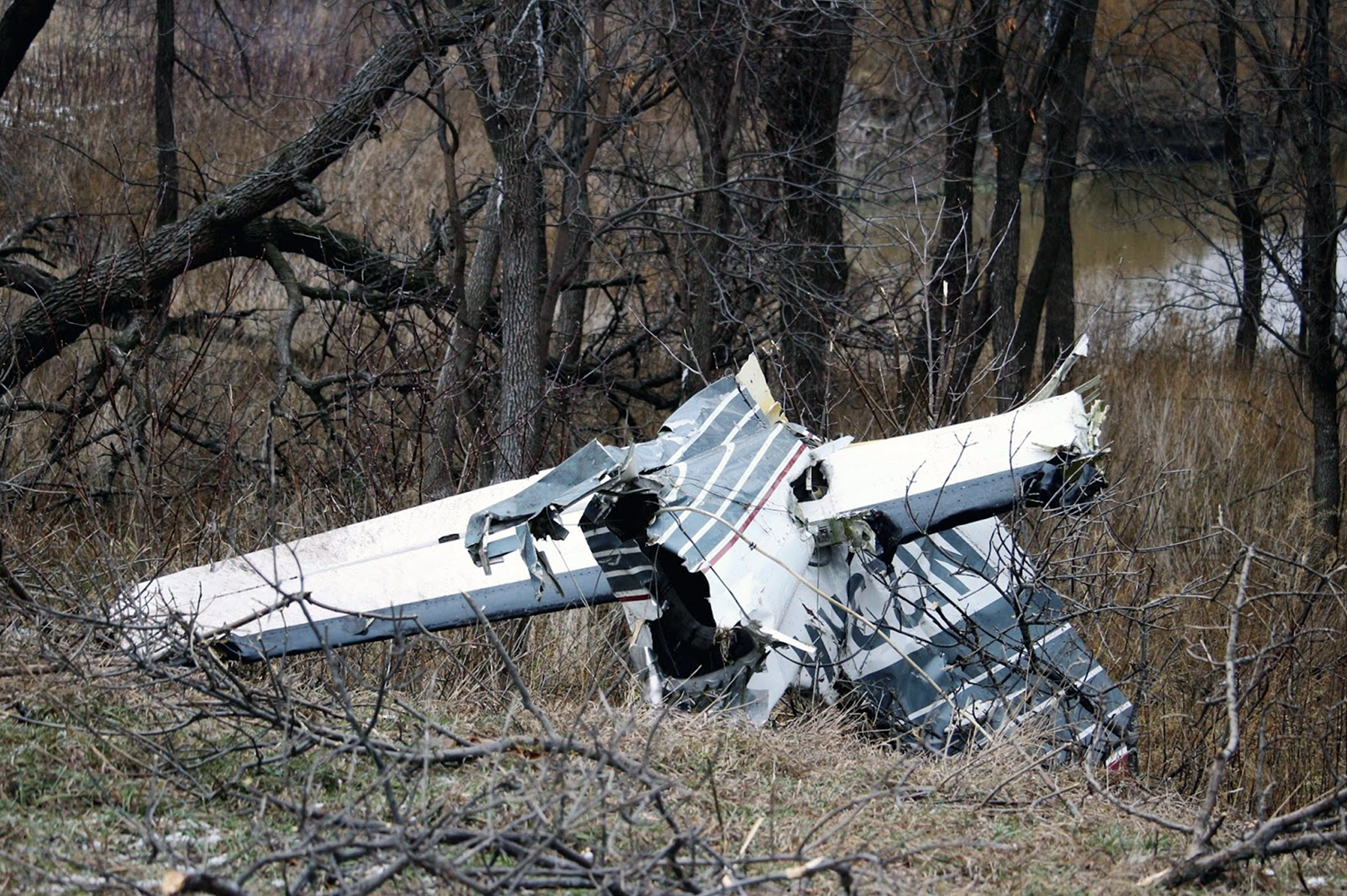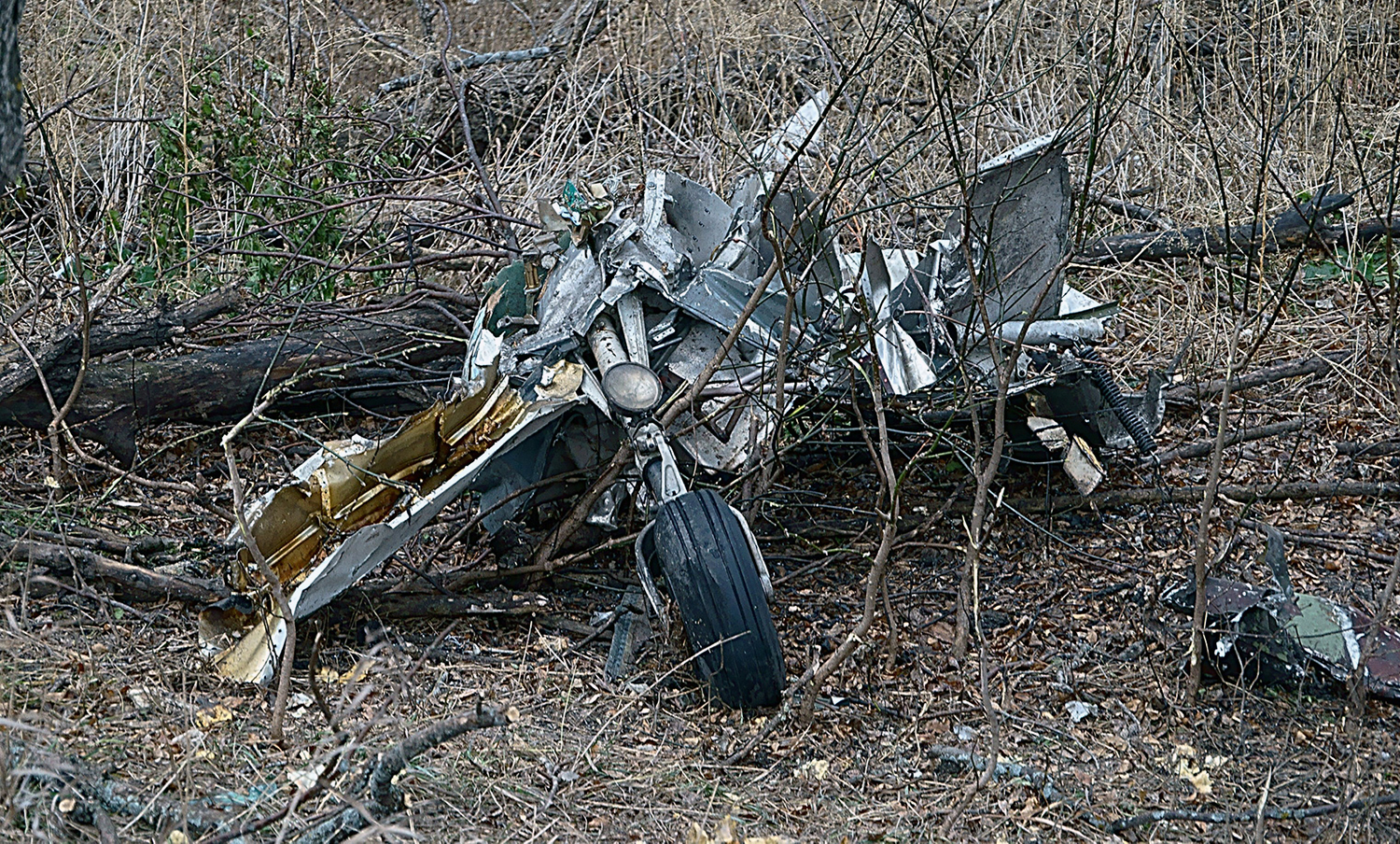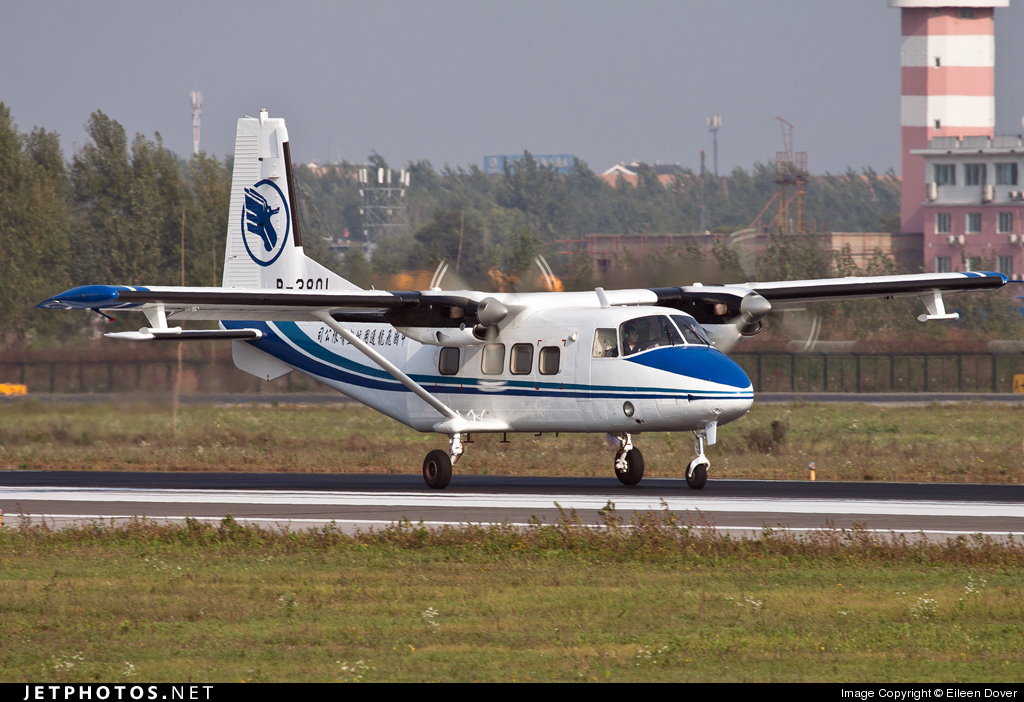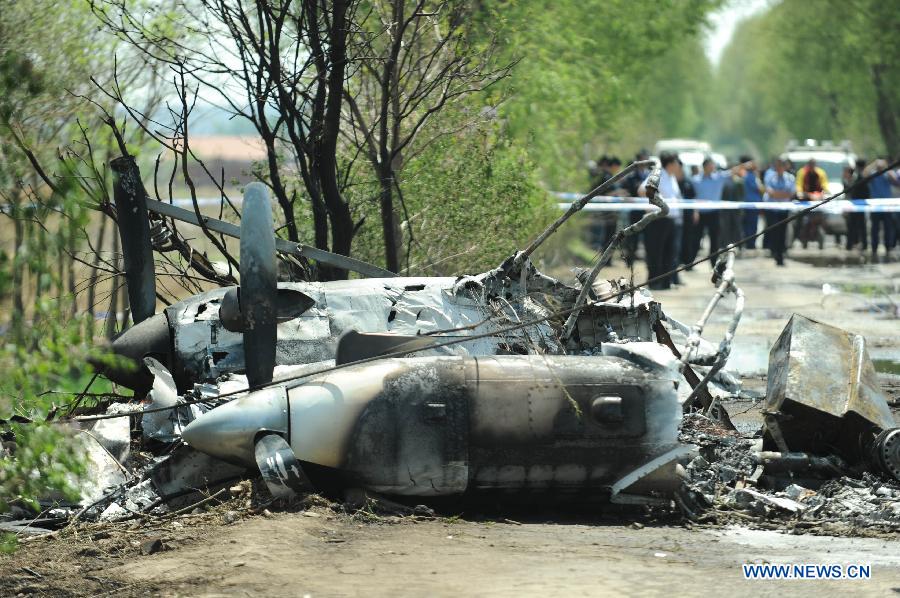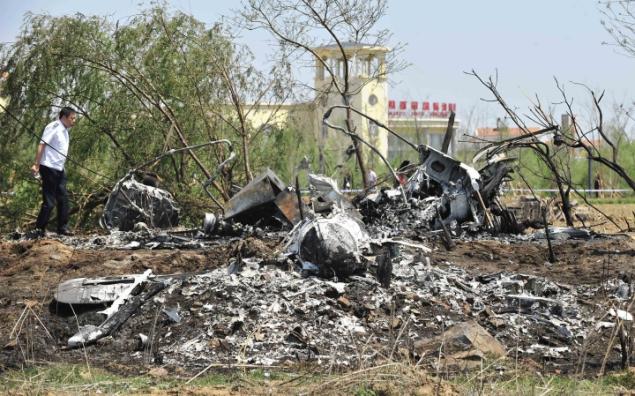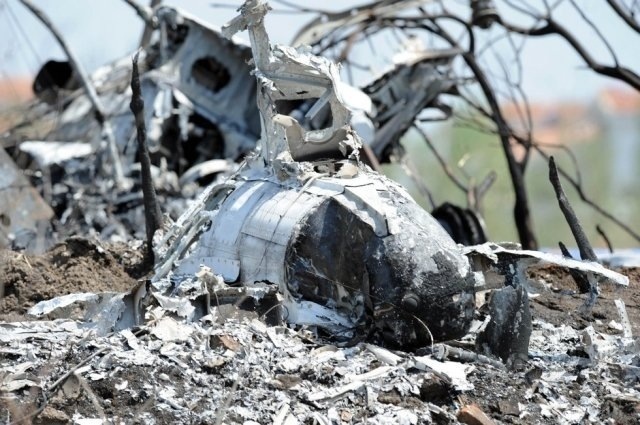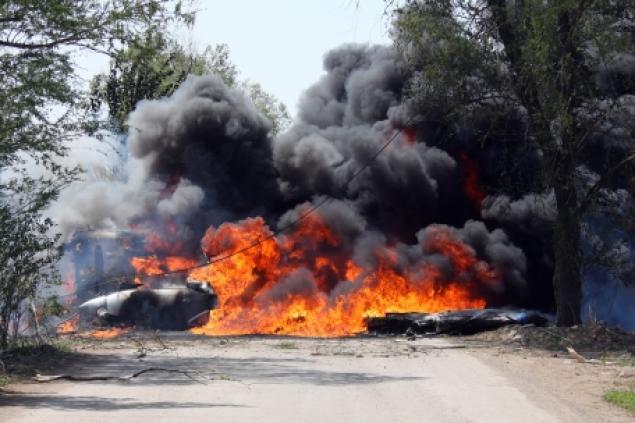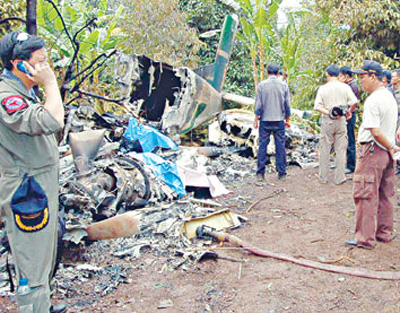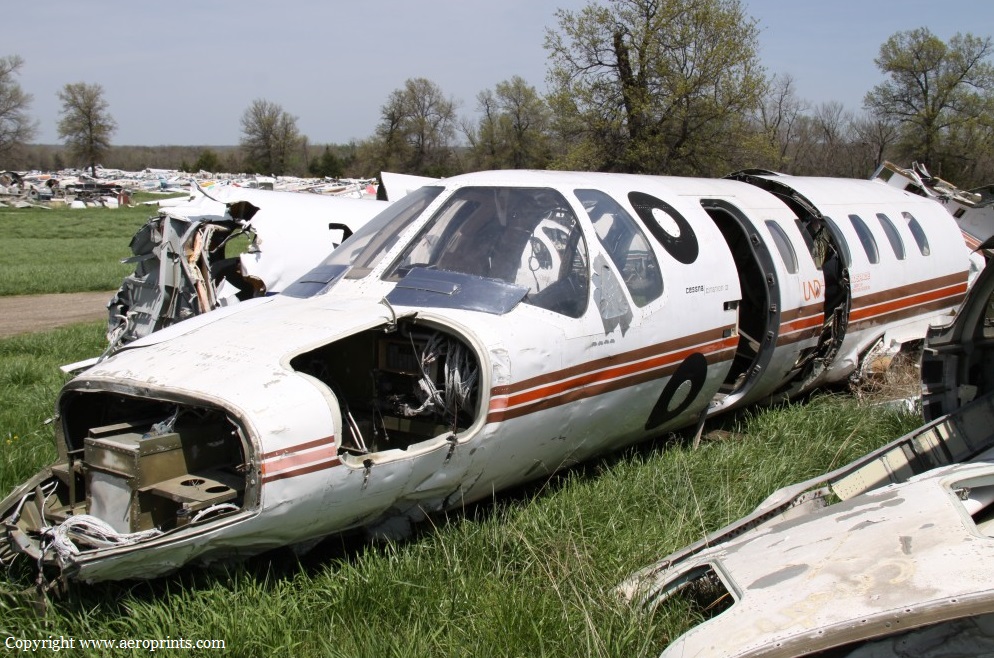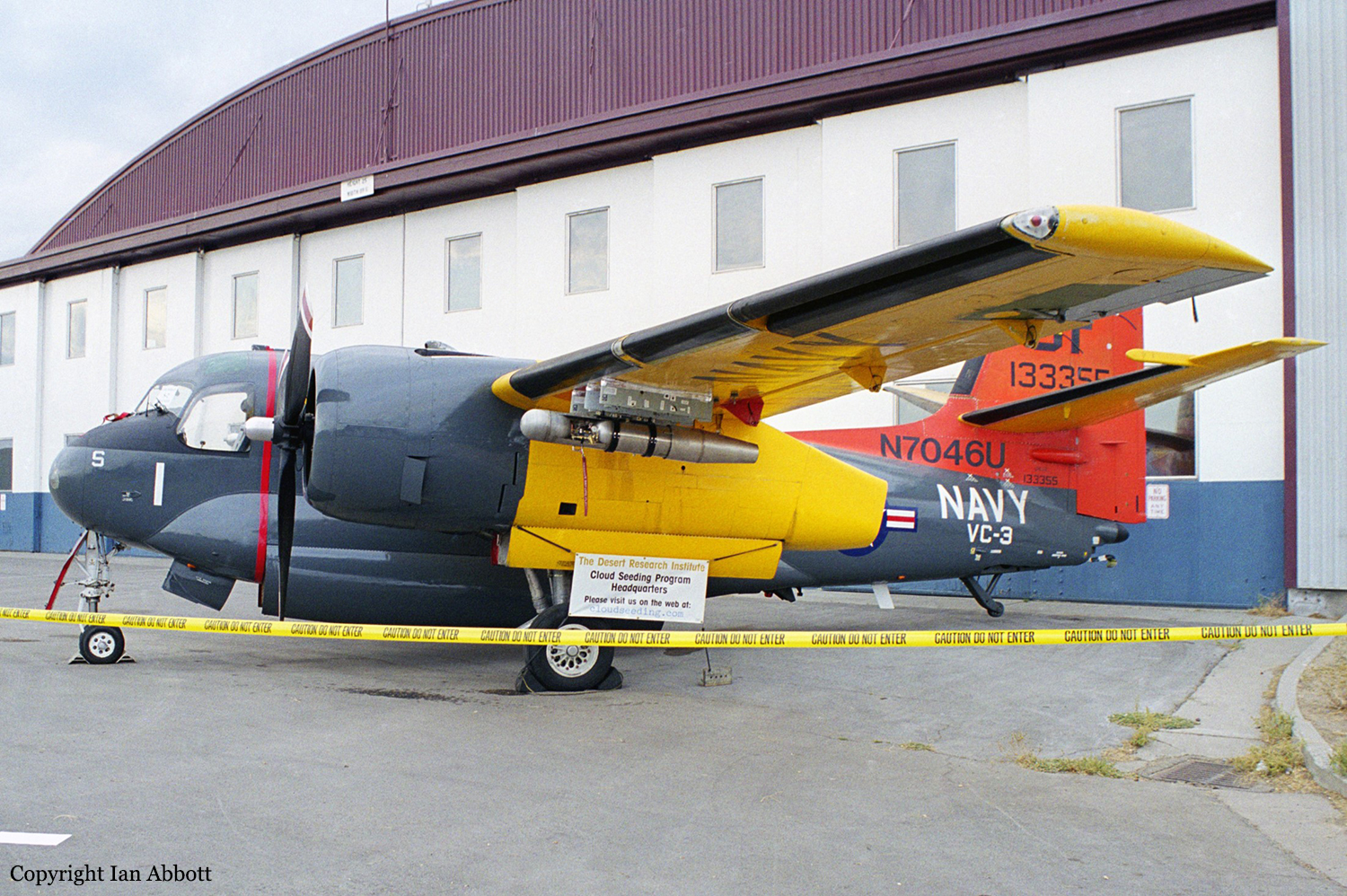Crash of a Beechcraft 350ER Super King Air in Ji'an: 5 killed
Date & Time:
Mar 1, 2021 at 1519 LT
Registration:
B-10GD
Survivors:
No
Schedule:
Ganzhou - Ganzhou
MSN:
FL-1014
YOM:
2015
Crew on board:
2
Crew fatalities:
Pax on board:
3
Pax fatalities:
Other fatalities:
Total fatalities:
5
Aircraft flight hours:
672
Aircraft flight cycles:
398
Circumstances:
The twin engine aircraft departed Ganzhou Airport at 1440LT on a cloud seeding mission over the Jiangxi Region. While flying in clouds, the aircraft entered an uncontrolled descent, entered a spin and eventually crashed in a residential area. All five occupants were killed and one people on the ground was slightly injured.
Probable cause:
Loss of control due to icing conditions. It was determined that the aircraft was flying in icy conditions for a long period of time during an artificial rainfall operation and the wings and propellers became seriously iced up. The aircraft was unable to effectively control the risk of icing, which resulted in the aircraft losing speed and entering a spin, eventually crashing to the ground and catching fire. Based on the casualties and damage to the aircraft, the incident constituted a major general aviation accident of aircraft crew origin. The investigation also found that the aircraft had been modified in such a way that the relevant data was not available and that the crew did not handle the spin properly.
Final Report:
